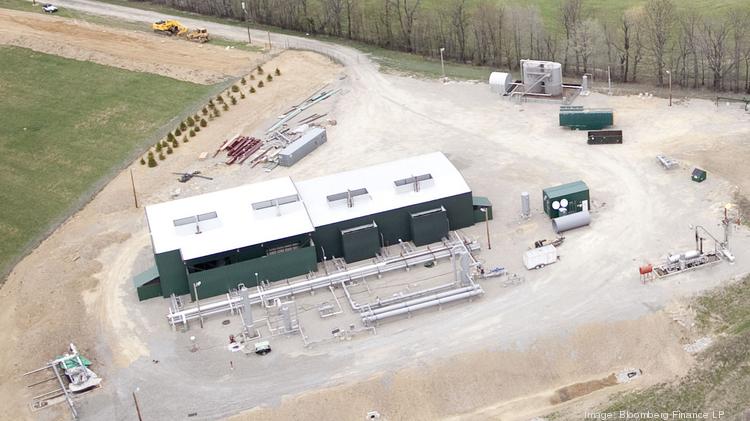Ohio Energy Inc.
Tom Knox
The natural gas industry is defending itself against claims from Ohio power plants that the fuel isn’t a reliable power source.
Ohio’s utilities are seeking to keep open their coal-fired power plants with controversial long-term contracts. One of their key arguments is the plants would be a hedge against the volatility of natural gas.
American Electric Power Company Inc. (NYSE:AEP) and FirstEnergy Corp. (NYSE:FE) especially point to the unusually cold polar vortex of winter 2014 that led to high prices. AEP Ohio’s president says he was preparing for a blackout.
“A gas plant cannot store fuel on site to the same extent a coal plant can,” AEP Ohio President Pablo Vegas said last month during a regulatory deposition over its proposal, called a power purchase agreement. “A gas plant, without a firm contract for a commitment, cannot be guaranteed to get fuel at the time when it’s needed. Those are different operational characteristics that are different between a coal and a gas plant.”
When used to generate electricity, the argument goes, natural gas is not as reliable a source as coal. It isn’t easily storable like coal and its price can fluctuate greatly.
The gas industry doesn’t appreciate its energy source being denigrated.
The America’s Natural Gas Alliance has spent a lot of time doing outreach on the Clean Power Plan, the proposed federal rule to reduce carbon emissions that would likely lead to more natural gas use at the expense of the dirtier coal. It also pipes in on public utility commission dockets as it sees fit, as it did with the AEP and FirstEnergy cases at the Public Utilities Commission of Ohio.
“This is something we watch with different proceedings around the country where we see groups participating in a way we think misrepresents the volatility of gas or doesn’t capture the full picture,” said Amy Farrell, the association’s vice president of market development. “We see a trajectory for long-term, stable, affordable gas prices.”
ANGA this month submitted a letter to the PUCO laying out what it describes as “further evidence of natural gas supply’s ability to support a major shift to natural gas use for power generation and provide reliable, affordable generation supplies, reducing electricity prices in Ohio.” Farrell said the time was right to issue an update to commissioners. (The group wrote in December, too, but this letter has new data.)
“It’s our way of explaining why we think gas is not volatile and is not going to be volatile in the future,” Farrell told me. “Now we have a data-driven example showing how it did respond really quickly.”
Vegas noted that PJM Interconnection, the regional grid operator in charge of power reliability in Ohio and other states, asked AEP “to prepare for blacking out electric service due to overconstraint.” He had employees ready to turn off power to AEP Ohio customers “should that overloading condition be mandated by PJM.”
That didn’t happen, but it was a close call.
“Even on the day with the tightest power supplies – January 7 – several steps remained before electricity interruptions might have been necessary,” according to a PJM report examining the polar vortex.
The ANGA letter says gas production should be 4 billion cubic feet per day higher this year than last year. Production picked up after the polar vortex and higher prices later retreated because of the production uptick.
“This market dynamic proves that we have a substantial amount of natural gas readily available at very affordable price,” the letter says.
The gas supply glut isn’t the only impact from the polar vortex. FirstEnergy Solutions, the FirstEnergy subsidiary that owns power plants in Ohio, charged a 1 percent to 3 percent fee for industrial and commercial customers stemming from the January polar vortex, leading to an outcry among many business customers.
Natural gas interruptions caused about 25 percent of the total outages during the polar vortex. Mechanical issues in coal plants caused problems, too.

